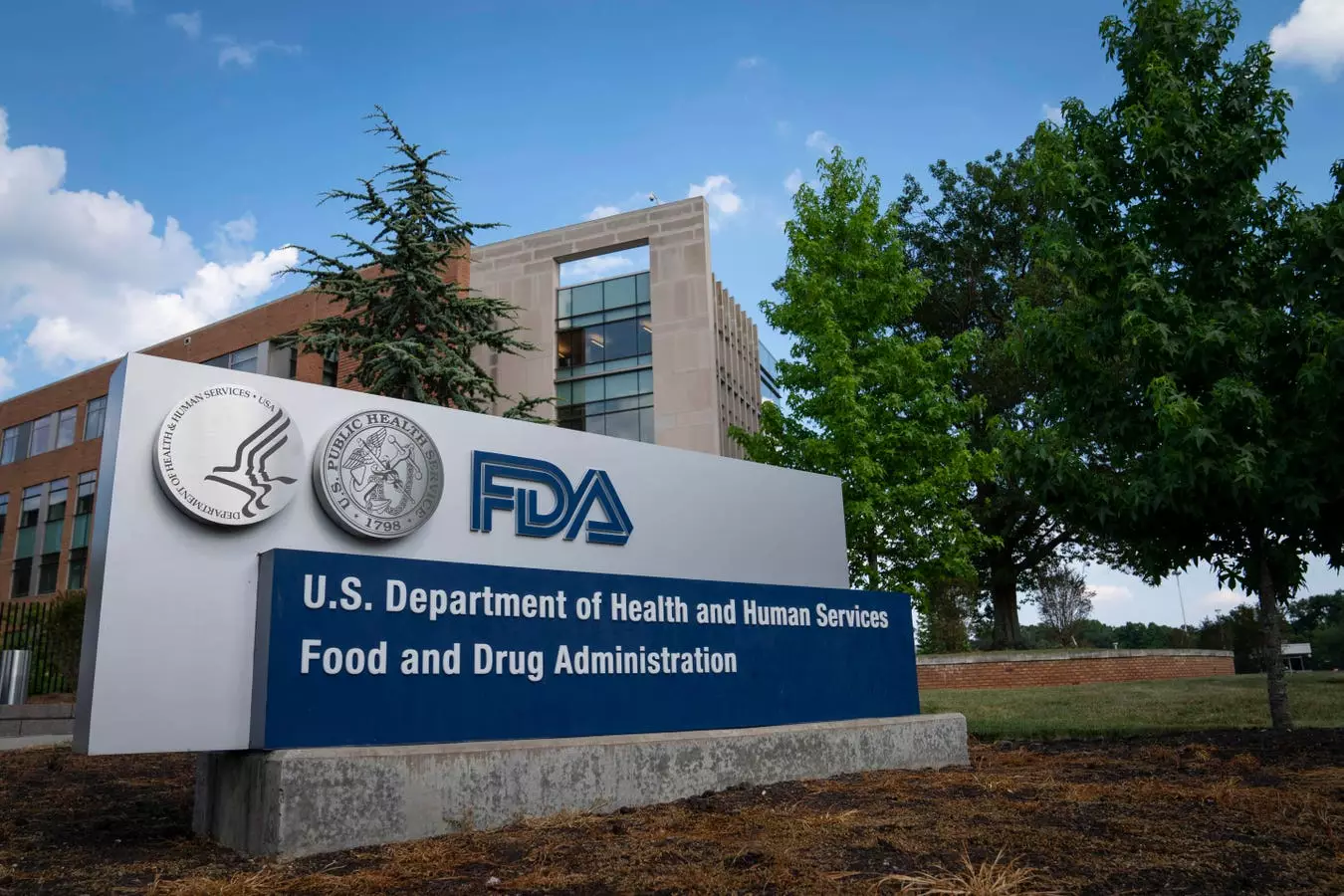On a significant Wednesday, the Food and Drug Administration (FDA) made headlines by banning Red No. 3, an artificial dye no longer deemed suitable for food, beverages, and ingested pharmaceuticals. This decision, set to take effect by January 2027, signifies an understanding of the potential health risks associated with synthetic food colorings. Although the removal of Red No. 3 is a commendable initiative, it leaves a lingering question: what about the remaining eight artificial dyes still permitted for consumption?
As the demand for healthier eating options intensifies and consumers become increasingly aware of food safety concerns, the scrutiny around artificial colorants is growing. Synthetic dyes, like those derived from petroleum products, have been implicated in various health risks, spurring numerous health advocates and consumers to call for reforms. The approval of only eight remaining dyes by the FDA raises concerns about the safety and transparency within the food industry.
The recent ban has refocused attention on the remaining artificial dyes that have been lingering in the food supply. According to the FDA, after the ban, eight synthetic dyes will still be legal for use, but their safety remains contentious. Among the most concerning are Red 40, Yellow 5, and Yellow 6, which collectively make up about 90% of the food dyes consumed in the United States.
Research indicates that these dyes have been linked to various health problems, including hyperactivity and potential carcinogenic effects. Such knowledge is alarming, especially given that over 90% of candies, beverage mixes, and fruit-flavored snacks are likely to contain one or more of these dubious ingredients. The persistence of these additives in our food system, despite evidence of harm, calls for greater awareness and advocacy for straightforward ingredient sourcing.
Food manufacturers have long relied on synthetic dyes to enhance visual appeal and drive sales. Major players like Mars, General Mills, and Kellogg’s continue to utilize these colorants in some of their most popular products. For instance, candies like Skittles and M&Ms from Mars contain multiple artificial colorants, with consumers often unaware of the associated health risks.
Though some companies, like General Mills, have initiated plans to eliminate artificial colors from select products, these commitments often come with conditions and timelines that aren’t always honored. As of the current date, General Mills has delayed the removal of these dyes, showcasing the complexities involved when weighing consumer health against revenue interests.
Moreover, the dominance of companies like Sensient Technologies and Archer Daniels Midland in the manufacturing of synthetic dyes further complicates the landscape. These companies are significant contributors to the supply of synthetic colorants, yet they often remain obscure in discussions about the safety of food additives.
The recent actions by the FDA could serve as a catalyst for larger discussions around food safety, transparency, and consumer rights. As public awareness grows, so does the potential for significant shifts in the food and beverage industry’s regulatory environment. It’s crucial for consumers to advocate for clearer labeling and to hold companies accountable for the ingredients they choose to include in their products.
Furthermore, the discussion surrounding potential candidacies, such as that of Robert F. Kennedy Jr., could steer more attention toward food safety issues, enhancing public discourse on the relationship between food additives and health risks. Increased scrutiny may lead companies to rethink their ingredient choices, prompting them to invest in natural alternatives or remove harmful additives altogether.
While the ban of Red No. 3 is a step toward a healthier food supply, it underscores a broader concern: the overall lack of regulation and scrutiny over other existing synthetic dyes. As consumers push for healthier alternatives, companies must balance profitability while adapting to changing sentiments regarding artificial ingredients.
The potential for future bans or regulations on synthetic dyes could alter the product landscape, challenging manufacturers to innovate or risk losing market share. As eating and drinking habits evolve, the industry is likely to see a shift toward ingredients that align with consumer values, ideally resulting in fewer synthetic colorants on store shelves.
While we celebrate the FDA’s ban on Red No. 3, vigilance is required to ensure that other harmful colorants do not continue to pose risks to consumer health. The convergence of consumer awareness, regulatory change, and industry adaptation can create a healthier food environment — one that prioritizes safety, transparency, and innovation.

